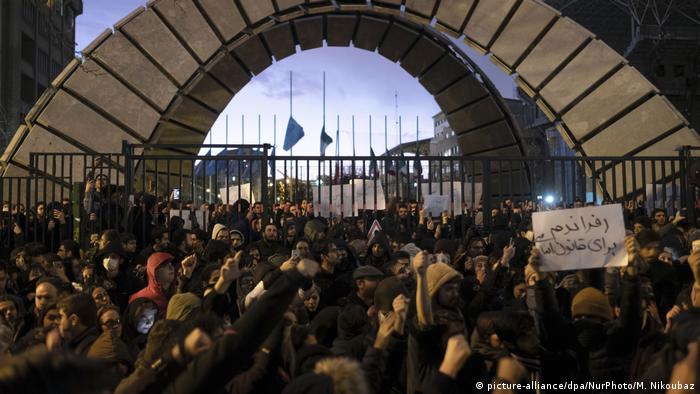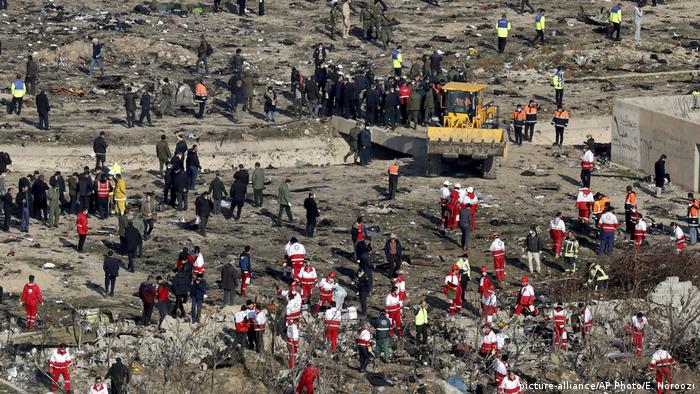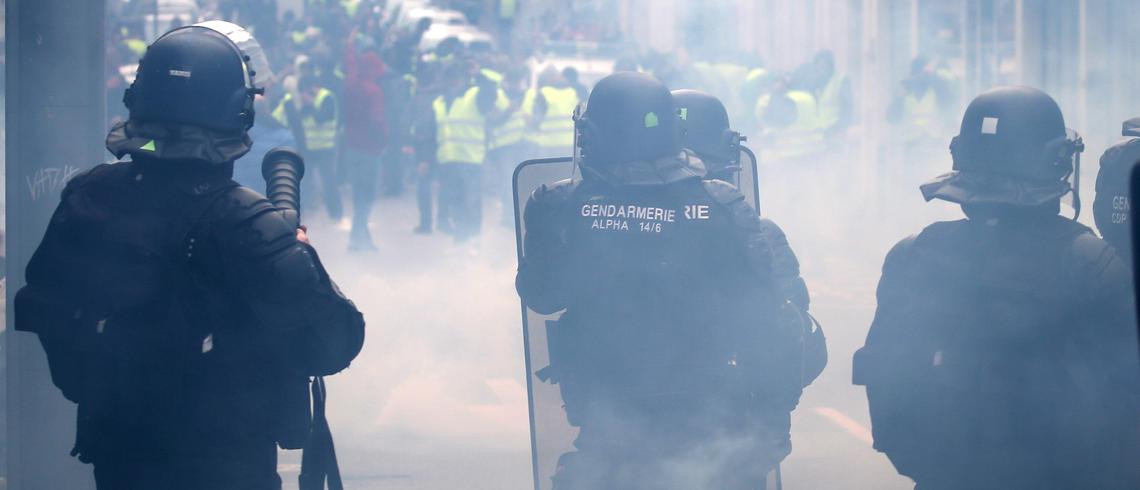IN DEPTH
Haiti struggles 10 years after catastrophic earthquake
A decade after an earthquake leveled buildings in Haiti in January 2010, many people in the country still struggle against poverty and corruption. But there is still some hope change is coming.

'Haiti is not hell on earth'

A country in ruins 1/10
On January 12, 2010, shortly before 5 p.m., a 7.0 magnitude earthquake hit the Caribbean island nation of Haiti. The destruction was catastrophic. In some areas, 90% of buildings collapsed. At least 200,000 people were killed and more than a million were made homeless. It caused $6.6 billion (€5.9 billion) worth of damage – more than the country's entire gross domestic product.

December 2019, Port-au-Prince: Two friends on the beach.
Political scientist Bert Hoffmann said the ongoing crisis should not obscure the existence
of "many family and local structures that are functioning" in Haiti.
The Caribbean state is "not hell on earth," he said.
"It's a very poor but generally peaceful country that has a great culture.


























